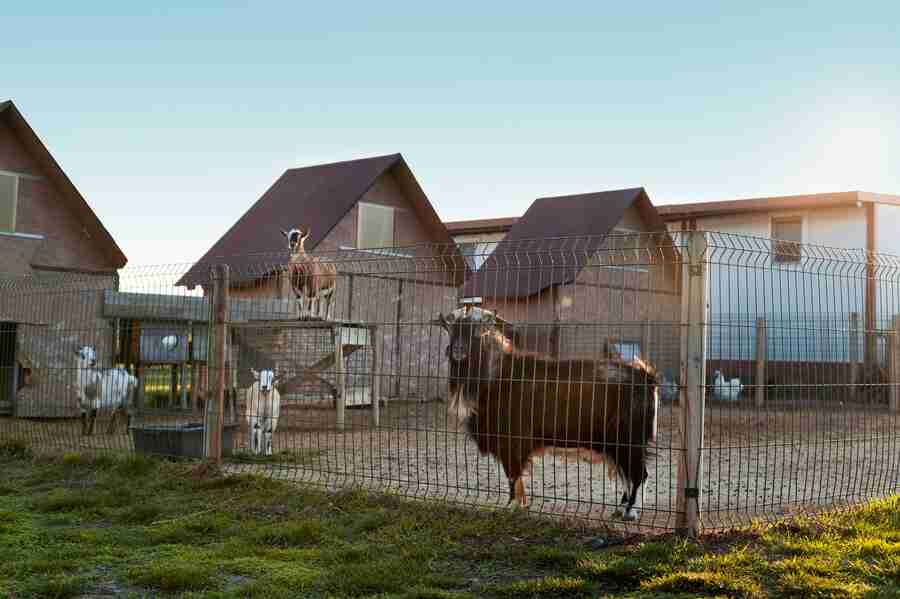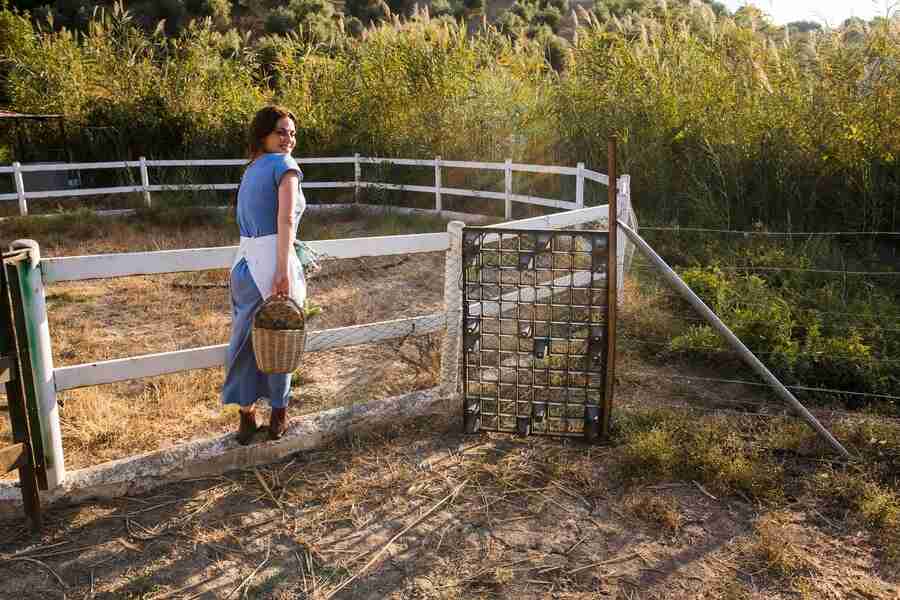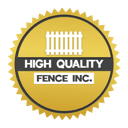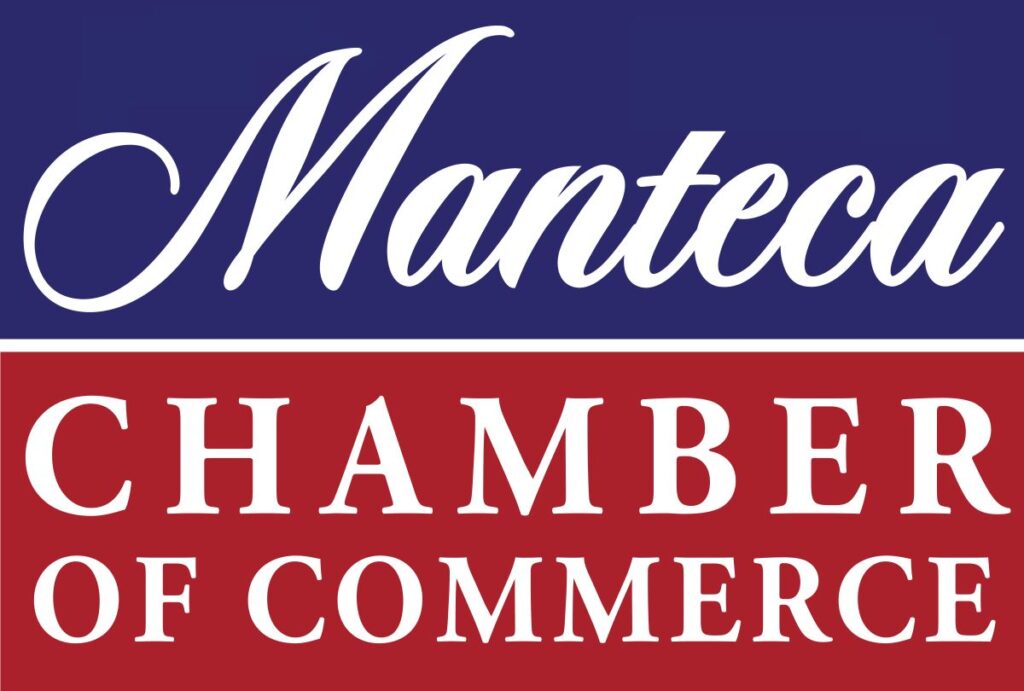
Welcome to our blog, where we delve into the crucial topic of “Pet and Livestock Fencing: Keeping Your Animals Safe.” As pet owners and livestock caretakers, ensuring the safety and well-being of our beloved animals is paramount. One key aspect of achieving this is through the implementation of effective fencing solutions tailored to the specific needs of the animals and the property.
In this comprehensive guide, we will explore various types of fencing, ranging from traditional options like wooden and chain-link fencing to modern alternatives such as electric and invisible fencing. Each comes with its own set of considerations and benefits, and we’ll help you navigate through the pros and cons of each, empowering you to make informed decisions for the safety of your pets and livestock.
Beyond the types of fencing, we’ll delve into crucial factors to consider, such as the size and type of animals, property layout, and compliance with local regulations. Our aim is to provide you with a holistic understanding of the elements that contribute to creating a secure environment for your animals.
Furthermore, we’ll discuss maintenance tips to ensure the longevity and effectiveness of your fencing, sharing insights into regular inspections, weather-proofing strategies, and the upkeep of electric or invisible fencing systems.
Join us on this journey as we explore real-life case studies, learn from success stories, and address challenges faced by pet and livestock owners in their pursuit of creating safe and happy spaces for their animals. Whether you’re a seasoned caretaker or a new pet owner, this blog aims to be your go-to resource for all things related to pet and livestock fencing.
Importance Of Proper Fencing For Pets And Livestock
Proper fencing for pets and livestock is of paramount importance for several compelling reasons, ranging from animal safety and well-being to overall property management. One of the primary concerns addressed by effective fencing is the prevention of accidental escapes. Whether it’s a curious dog, a wandering goat, or a spirited horse, animals have a natural inclination to explore their surroundings. Without adequate fencing, they may inadvertently venture into dangerous territories, encounter traffic, or face potential conflicts with other animals.
Moreover, proper fencing serves as a protective barrier against external threats. It helps safeguard animals from predators, ensuring they can graze or roam freely without constant fear of attacks. This sense of security is crucial for the mental and physical health of pets and livestock, allowing them to exhibit natural behaviors without undue stress.
Additionally, well-designed fencing contributes to the responsible management of agricultural and residential spaces. Livestock, when left uncontained, can cause damage to crops or neighboring properties. Effective fencing establishes clear boundaries, preventing conflicts with neighbors and promoting harmonious coexistence within communities.
In essence, the importance of proper fencing for pets and livestock lies in its ability to provide a secure environment that promotes the safety, health, and responsible management of animals, fostering a balance between their natural instincts and the requirements of a shared human-animal habitat.
Types Of Fencing
Wooden Fencing:
- Wooden fencing is a timeless choice that adds a touch of traditional charm to properties. It is available in various styles, such as picket, privacy, or ranch fencing, allowing for customization to suit both functional and aesthetic needs. While wooden fencing provides a sturdy barrier, it requires regular maintenance, such as staining or sealing, to protect against rot, insects, and weathering. Despite the upkeep, many appreciate the natural look of wood and its ability to seamlessly blend with different landscapes.
Chain-Link Fencing:
- Chain-link fencing is known for its durability and affordability. It is a practical option for containing larger animals, offering a secure enclosure without obstructing visibility. However, its design may not be suitable for smaller pets, as the gaps in the mesh can allow them to slip through. Chain-link fencing is often chosen for its low maintenance and ability to withstand various weather conditions, making it a popular choice for both residential and commercial properties.
Woven Wire Fencing:
- Woven wire fencing is a versatile choice that caters to different animal sizes. It consists of horizontal and vertical wires woven together, creating a strong and reliable barrier. This type of fencing is available in various gauges, allowing property owners to select the appropriate strength for their specific needs. Woven wire fencing is effective for containing livestock and provides a secure enclosure that prevents both entry and escape.
Electric Fencing:
- Electric fencing is a dynamic solution that uses electric shocks to deter animals from breaching the boundary. Ideal for containing livestock and deterring predators, electric fencing requires careful installation and regular maintenance to ensure proper functionality. It is available in various configurations, including permanent and temporary options. The electric shock delivered is generally low-impact and serves as a psychological deterrent rather than causing harm, making it an effective and humane choice for animal containment.
Invisible or Wireless Fencing:
- Invisible or wireless fencing is a modern and innovative solution that offers an invisible barrier. It employs a buried wire that communicates with a collar worn by the animal. When the pet or livestock approaches the set boundary, the collar emits a warning tone, followed by a static correction if the animal continues. This type of fencing is particularly popular for smaller pets and is chosen for its aesthetic appeal and the absence of visible barriers.
When selecting the most suitable type of fencing, it’s crucial to consider factors such as the size and type of animals, property layout, maintenance requirements, and the overall goals for containment. Each type of fencing has its unique advantages, and the choice ultimately depends on the specific needs and preferences of the property owner.

Factors To Consider
A. Animal Size and Type
- Tailoring Fencing to Specific Animals:
- Understanding the unique needs and behaviors of the animals in question.
- Adjusting fence height and materials based on the size and strength of the animals.
- Height and Spacing Considerations:
- Determining appropriate fence height to prevent jumping or climbing.
- Ensuring proper spacing between fence elements to prevent entanglement.
B. Property Size and Layout
- Fencing Entire Property vs. Designated Areas:
- Assessing whether to enclose the entire property or create specific zones.
- Designing fencing layouts that accommodate the natural movement patterns of animals.
- Addressing Challenging Terrain:
- Considering the topography of the land and adapting fencing to hills, slopes, or uneven ground.
- Implementing solutions for water features, like ponds or streams, that may impact fencing effectiveness.
C. Local Regulations and Zoning
- Compliance with Community Rules:
- Researching and adhering to local ordinances and community guidelines on fencing.
- Understanding any restrictions or requirements related to fence materials and height.
- Obtaining Necessary Permits:
- Checking whether permits are needed for specific types of fencing.
- Ensuring that the chosen fencing complies with zoning regulations to avoid legal issues.
Considering these factors ensures that the chosen fencing system is not only suitable for the animals but also aligns with the property’s characteristics and local regulations, promoting a safe and harmonious living environment for both animals and their human caretakers.
Maintenance Tips
Maintenance is a crucial aspect of ensuring the effectiveness and longevity of pet and livestock fencing. Regular upkeep helps identify potential issues early on, preventing escapes and maintaining a secure environment for your animals. Here are some essential maintenance tips:
- Regular Inspections:
- Conduct routine inspections of the entire fencing perimeter.
- Look for signs of wear, damage, or areas where animals may be attempting to dig or chew through.
- Addressing Repairs Promptly:
- Promptly repair any damaged sections of the fence to prevent further deterioration.
- Replace broken or rotting posts, boards, or wires as needed.
- Checking Gate Functionality:
- Inspect gates for proper alignment and functionality.
- Ensure latches and locks are secure to prevent accidental openings.
- Vegetation Control:
- Trim vegetation around the fence regularly to prevent it from damaging or compromising the integrity of the structure.
- Remove any overhanging branches that animals could use to climb or jump over the fence.
- Weather-Proofing:
- Apply weather-resistant treatments to wooden fencing to protect it from the elements.
- Inspect metal fencing for signs of rust and apply anti-rust coatings as necessary.
- Inspecting Electric or Invisible Fencing:
- Regularly check the condition of wires, posts, and the power source for electric fencing.
- Ensure the invisible fencing system is working correctly and that batteries are replaced as needed.
- Securing Bottom Edges:
- Secure the bottom edges of fencing to prevent animals from burrowing underneath.
- Consider adding a wire apron or dig guard for added protection.
- Seasonal Considerations:
- Adjust fencing as needed for seasonal changes, such as snow accumulation or ground shifting.
- Prepare for extreme weather events by reinforcing vulnerable areas.
- Record-Keeping:
- Maintain a record of maintenance activities, including repairs and replacements.
- Note any patterns of wear or damage that may require adjustments to the fencing design.
By incorporating these maintenance tips into your routine, you can proactively address issues and ensure that your pet and livestock fencing remains effective, providing a secure and safe environment for your animals.
In conclusion, the significance of proper pet and livestock fencing cannot be overstated when it comes to ensuring the safety, well-being, and responsible management of our animal companions. Throughout this exploration, we’ve delved into the diverse types of fencing options available, considered essential factors for selection, and discussed the crucial role maintenance plays in sustaining a secure environment.
The act of fencing extends beyond mere containment; it becomes a commitment to providing a sanctuary where animals can thrive without undue risks. The prevention of accidental escapes, protection from external threats, and the establishment of clear boundaries contribute to the overall health and happiness of our pets and livestock.
The case studies shared underscore the real-world impact of effective fencing solutions, showcasing success stories and lessons learned from the experiences of conscientious animal owners. These narratives serve as a testament to the importance of thoughtful planning, installation, and ongoing maintenance in creating a secure habitat for our furry and feathered friends.
Whether you’re considering traditional options like wooden or chain-link fencing, exploring the benefits of electric or invisible fencing, or navigating the complexities of DIY versus professional installation, the common goal remains – to foster an environment where animals can express their natural behaviors while coexisting harmoniously with humans.
As responsible caretakers, let us embrace the commitment to secure fencing, recognizing its pivotal role in the shared spaces we inhabit with our pets and livestock. By doing so, we not only safeguard the lives of our beloved animals but also contribute to the broader harmony of our communities and the environment at large. Remember, a well-fenced space is a sanctuary, a haven where the bonds between humans and animals can flourish, ensuring a future filled with safety, joy, and mutual respect.


